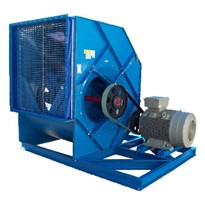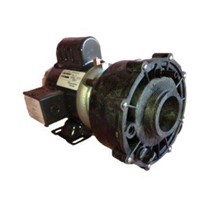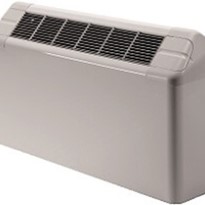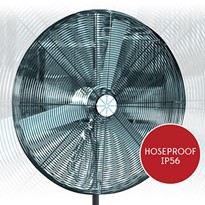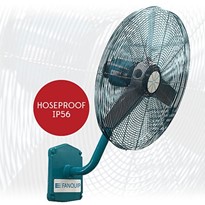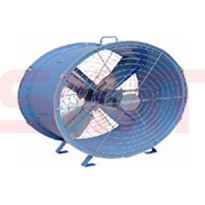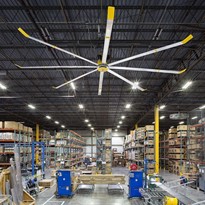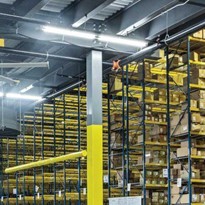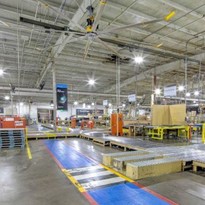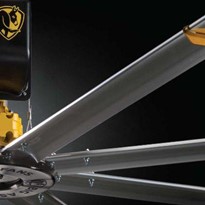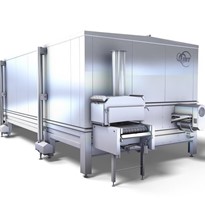Optimal air circulation doesn’t happen by accident. In a huge building like a warehouse, only the right fan — installed in the right place — can force enough airflow to help your workers feel cooler and be comfortable enough to get their work done.
The precise location of your fan is almost as important as the quality of the fan itself. So how do you know where to place your fan(s) for optimal air circulation?
HOW DOES FAN PLACEMENT RELATE TO AIR CIRCULATION?
The principles of air circulation are straightforward: pressure causes air to move. The more pressure, the greater the airflow. Fans create pressure to create air circulation, but not all fans are created equal.
Small ceiling fans won’t work in a stifling warehouse because they’re not powerful enough to push the massive amount of air needed to flow through a giant space like a warehouse. It doesn’t matter where you place a small, less powerful fan if it isn’t able to force air through very large rooms.
The second major factor affecting airflow is the building itself, as well as any obstructions inside. Fans push air outward from the direction the airfoils are facing. (In the case of ceiling fans, that means downward toward the floor.) So if you place a ceiling fan in the corner of a large square room, you’ll only get effective airflow in the corner of the room.
Obstacles affect a fan’s effectiveness, too. For example, if your warehouse contains rows of shelving that reach the ceiling, even the best fan isn’t going to be able to push air through those barriers.
WHY DOES FAN PLACEMENT MATTER FOR CIRCULATION?
When deciding where to place ceiling fans, the height of the fan also matters. If it’s too close to the ceiling, the fan won’t be able to pull enough air from above for it to push downward (or, in the winter, pull hot air upward). If the fan is installed too low, its ability to circulate air to a wider area diminishes.
Because HVLS ceiling fans are designed to be more energy-efficient and cost-effective than air-conditioning, it only makes sense to place them where they can take full advantage of their efficiency abilities.
In other words, if you’re going to save money, save as much money as possible!
Anyone who invests in HVLS (high-volume, low-speed) ceiling fans needs to install them correctly. An optimal fan arrangement will be able to create consistent airflow throughout every spot that needs it—that is, wherever your employees are working and need to keep cool.
WHAT’S THE BEST FAN PLACEMENT FOR OPTIMAL AIR CIRCULATION
For all you visual learners, here’s a helpful graphic that illustrates how fan placement can affect a building’s air circulation.
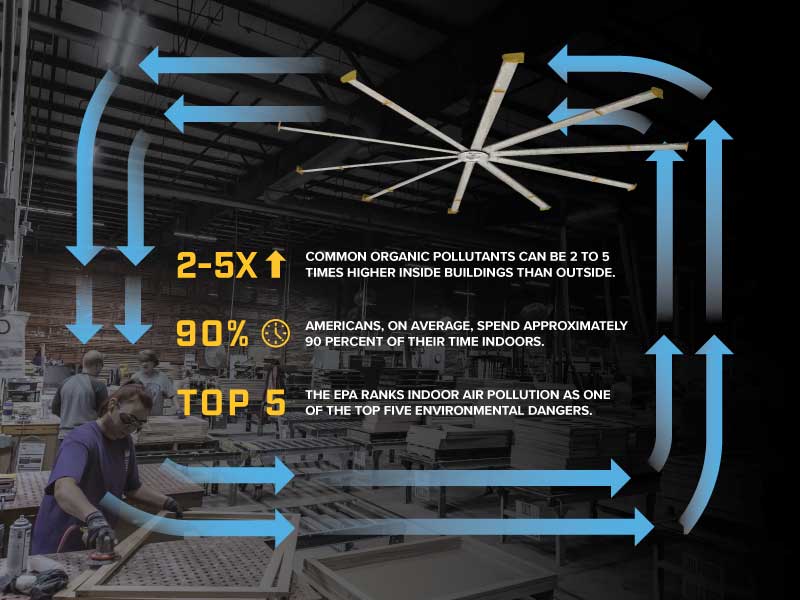
HOW BIG ASS FANS USES PLACEMENT OF FANS TO IMPROVE CIRCULATION
Only fully trained and experienced airflow experts can determine—with precise accuracy—exactly where to place fans for optimal air circulation.
The Big Ass Fans team uses ingenious software called SpecLab® to analyze the airflow in a room and project how circulation will be affected by the fan configuration. The computational fluid dynamics (CFD) program allows us to visualize and quantify the airflow, make adjustments, and create an optimized plan specifically for your warehouse setup.
Contact Big Ass Fans to arrange your SpecLab airflow analysis. We can help you determine which fan—and which placement—can get your hot warehouse feeling cool again.



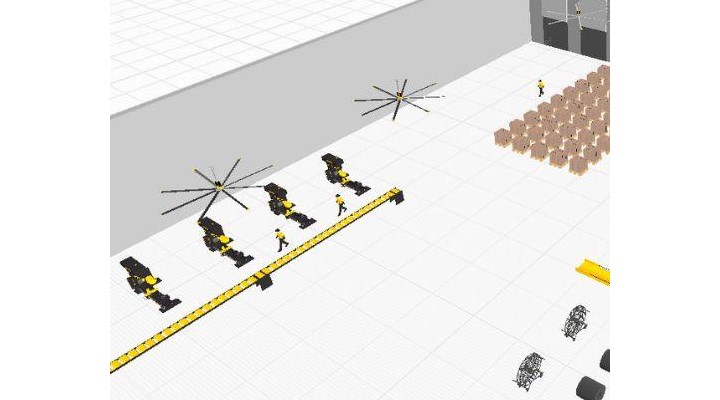
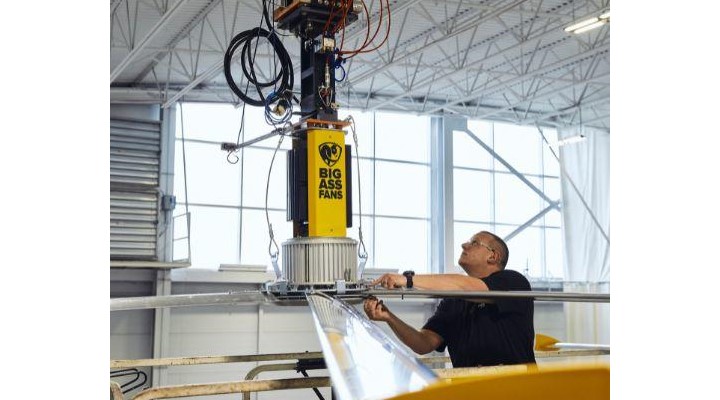
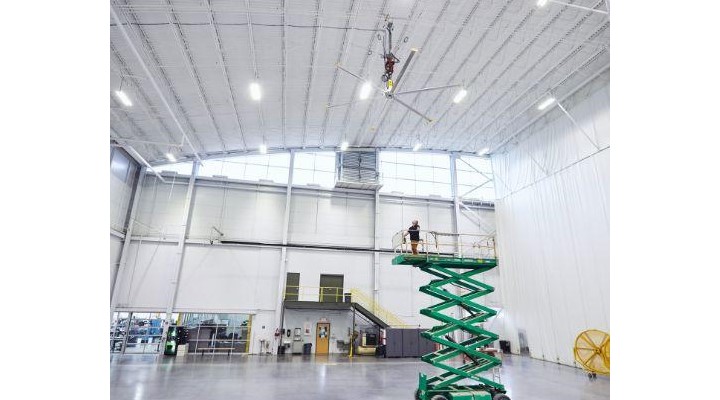
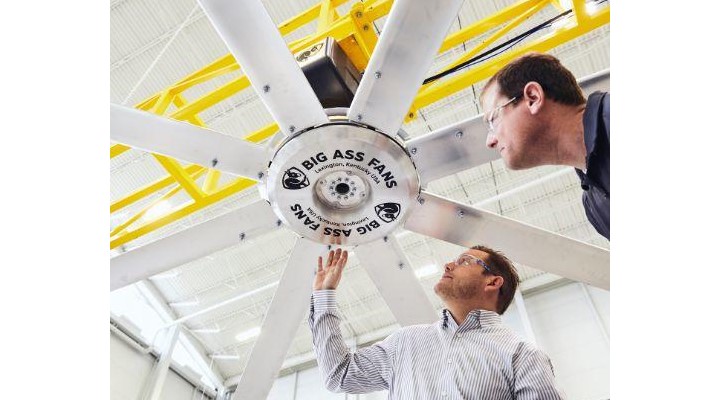
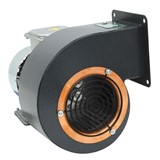


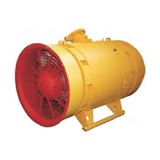
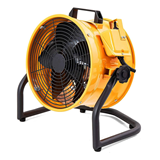

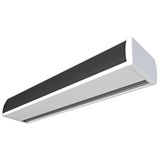
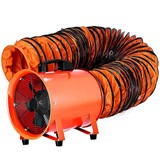

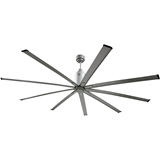
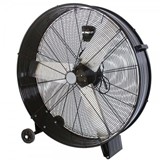

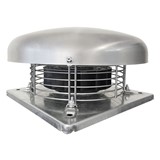
-205x205.jpg)
-205x205.jpg)
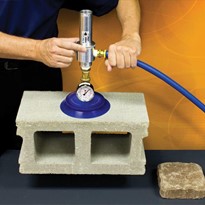
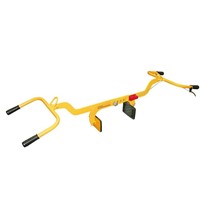
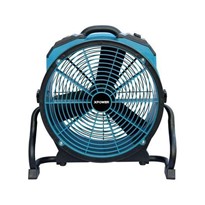
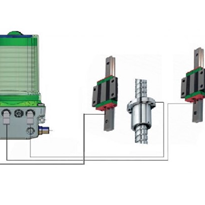
-205x205.jpg)
